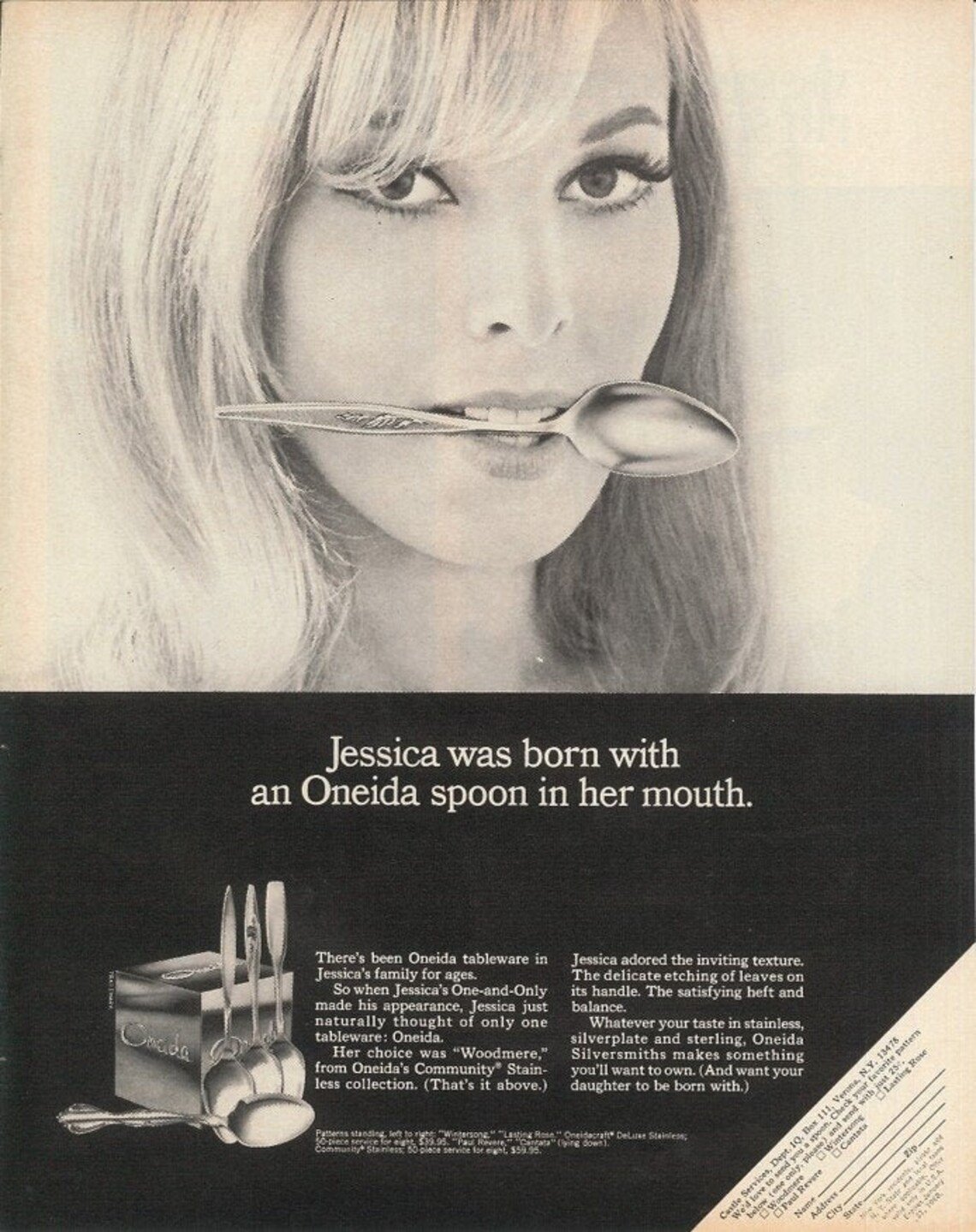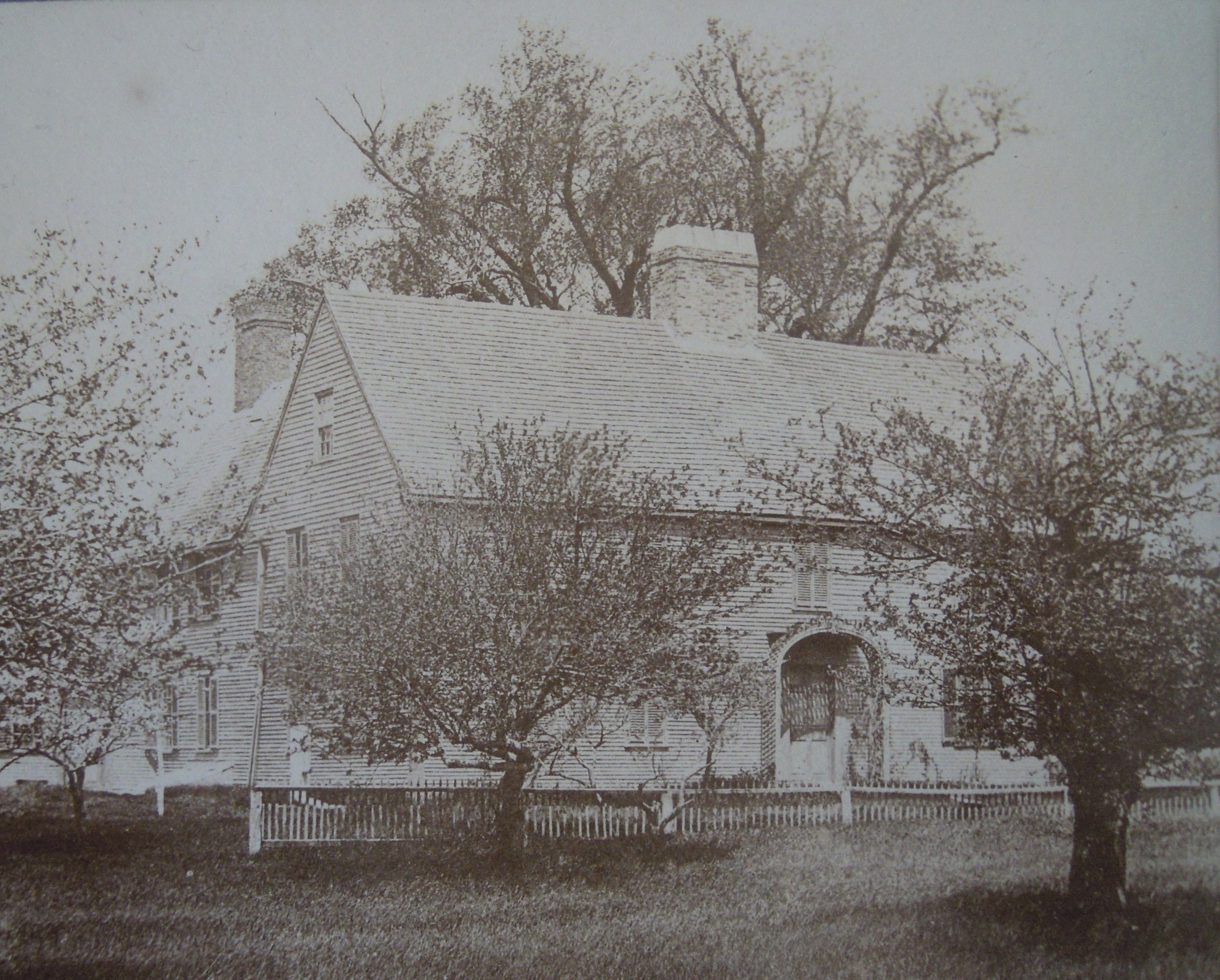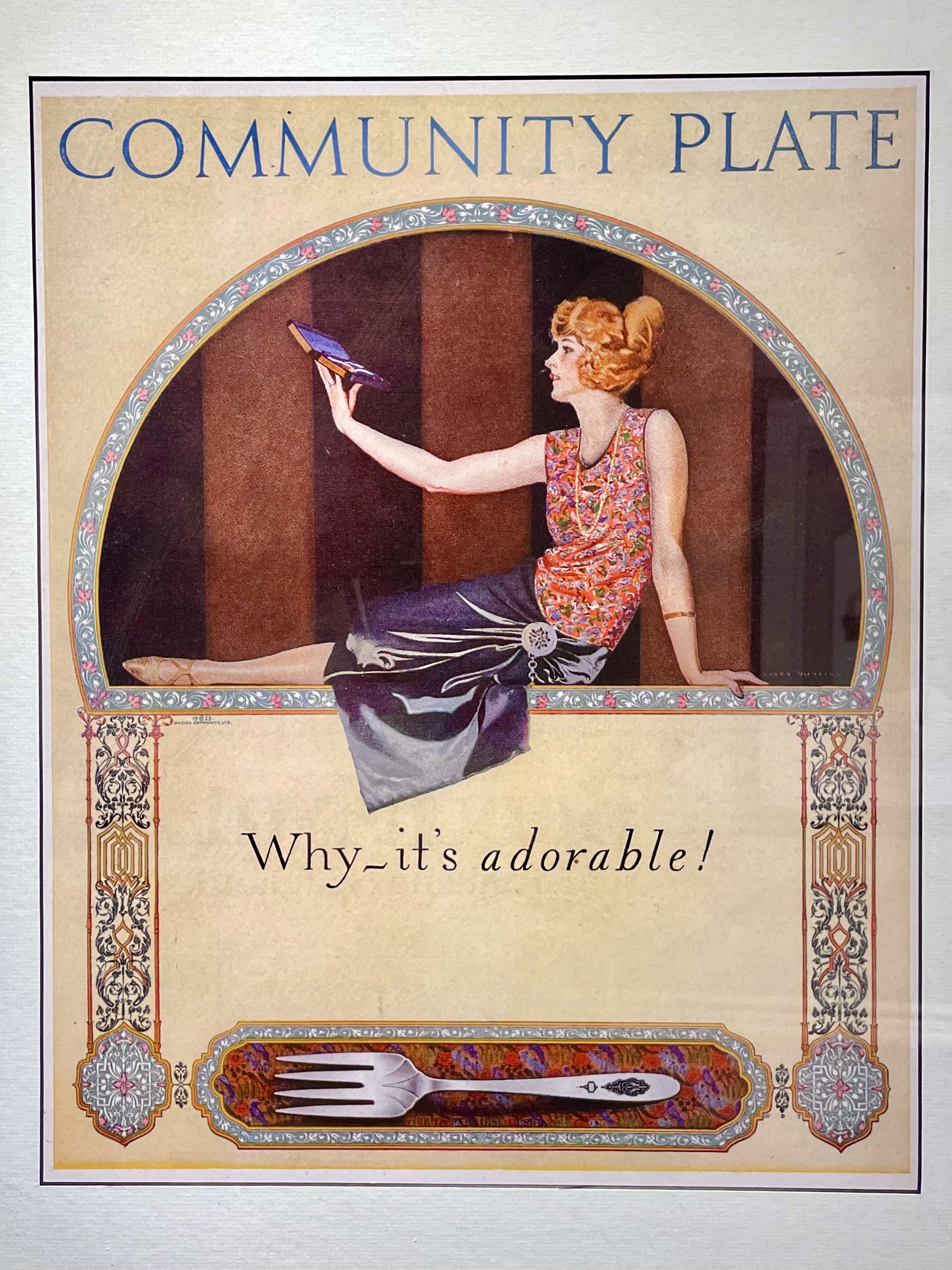Silverware, Sex, and Stirpicults: John Humphrey Noyes and Oneida Community Silver
/by Bethany Groff Dorau, Executive Director
Part One
The Noyes family was in ascendancy this summer at the Museum of Old Newbury. This happens periodically. For a month, every visitor to the museum was a Plummer, it seemed. Then images and artifacts from the Morrill family came out of the woodwork - sometimes literally – every day for a while. This summer, visitor after visitor proudly proclaimed their lineage from Nicholas, reported to be first to come ashore on the hallowed shores of Newbury in 1635, and/or his brother James, beloved assistant minister to their cousin Thomas Parker. They recount, their bright eyes shining, how their families had made their way from New England to California, Iowa, New York, or in my case, well, all the way from Byfield to West Newbury. People as different in temperament, age, appearance, and political leaning as you can imagine embraced and hailed their long-lost cousins, examining noses and hairlines for a family resemblance. It gets weird. I love it.
The James Noyes House, parts of which are believed to date to as early as 1646, is privately owned but visited by many Noyes descendants to Newbury. Image is from our collection
At the beginning of October, I went out to my old stomping grounds of Amherst to visit a former colleague from Historic New England at the Emily Dickinson House. My good friend Doris Noyes was with me, and as we wandered over to visit Emily’s grave, we both scanned the gravestones for familiar names. There were a few – Boardmans and Browns and Perkins, but no Noyeses. Doris mentioned that her husband (she is a Noyes by marriage) had an aunt named Dickinson, and we were off to the races.
The Dickinson family plot in Amherst, Massachusetts. Author photo.
Turns out Newburyport’s own Edmund Greenleaf Noyes married Sarah Stetson Dickinson, who shares an ancestor with Emily. Oh, and Edmund Noyes is the first cousin (once removed) of former Massachusetts Governor Charlie Baker. Noyeses, as I predicted, turn up everywhere. Doris went on to tell the story of how her children had given them a weekend getaway to another Noyes family landmark, the Oneida Community Mansion in New York.
“Oneida Community like the silverware?” I said.
“Oneida Community like the free love commune,” she whispered. “And silverware.”
Advertisements for Oneida Community Silver often included attractive women, including this advertisement from 1923.
I staggered back. Anyone with a drawer full of older silverware has some Oneida Community Silver. Oneida and Towle were neck and neck in the mid-20th century, vying for supremacy in the silver-plate market. And what did this have to do with the Noyes family? Quite a lot, as it turns out.
Oneida Community founder John Humphrey Noyes (1811-1886). Private collection.
John Humphrey Noyes’ family had lived in Newbury since Nicholas, his 3rd great-grandfather, jumped off the boat in 1635. His father, a one-term Congressman, left the area and moved to Vermont a decade before John was born.
For three days, July 6-8, 1848, John Humphrey Noyes was front page news in the Newburyport Herald. The titillating coverage began, “(T)here was published in the Battle Axe, a Perfectionist paper, a letter dated January 1837 written by Mr. Noyes, of which the following is an extract. “When the will of God is done on earth as it is in heaven, there will be no marriage The marriage supper…is a feast at which every dish is free to every man. Exclusiveness, jealousy, quarrelling, have no place there, for the same reasons as that which forbid the guests at a Thanksgiving dinner to claim each separate dish and quarrel with the rest for his rights. In a holy community there is no more reason why sexual intercourse should be restrained by law than eating and drinking should be and there is as little occasion for shame in one as in the other… I call a certain woman my wife - she is yours; she is Christ’s, and in him she is the bride of all saints. She is dear in the hands of the stranger, and according to my promise to her I rejoice.”
John Humphrey Noyes corresponded with Newburyport's own William Lloyd Garrison in the 1830's, hoping to explain his doctrine of Perfectionism through Garrison's Liberator newspaper.
Noyes was front-page news some decade after the publication of this original letter because of the release of a personal letter, written by John Humphrey Noyes himself, asking a woman to enter into a “novel and curious matrimonial relation”, an arrangement that would exist solely on a spiritual plane and would allow for unfettered sexual relationships between Noyes, the woman, and pretty much everyone else who was among the chosen people in their Godly circle. Of course, he was already legally married and had children with his wife and at least one other woman. Noyes and his merry band of Perfectionists were enjoying “complex marriage” up in Putney, Vermont.
Perfectionism, the belief that mankind, made in the image of a perfect God, could achieve perfection if they increased their spiritual vibration to a heavenly level, was one of many new religious movements sparked by the emotional revivals of the so-called Second Great Awakening in the first half of the 19th century. It was a turbulent, active, volatile time that also sparked movements like Adventism and Mormonism, as well as increasing interest in Spiritualism, Mesmerism, and the occult. Most Perfectionists were not interested in complex marriage, but Noyes’ assertion that he had surrendered his will to God and therefore could not sin was in line with their beliefs.
Oh, but the good people of Putney, Vermont were not convinced. John Humphrey Noyes had just been arrested based on the contents of the letter reprinted in the Newburyport Herald, among other assertions, and was facing charges of “adulterous fornication”. It was time for Noyes and his band of self-identified Bible Communists to get out of New England.
John H. Noyes (standing, second row) and his community, shortly after the move to Oneida.
And where did they go? Oneida, New York, naturally, in an area of the country so swept with spiritual fervor, emotional revivals, and the fire of religious awakening, it had become known as the Burned-over District. Perfectionist sympathizers would offer land to build one of the most fascinating utopian communities in American history, and arguably the most successful.
Stay tuned for Part 2, as John Humphrey Noyes builds a mansion, joins the fur trap trade, and produces an army of genetically engineered children, called Stirpicults, all while working just six hours a day.









